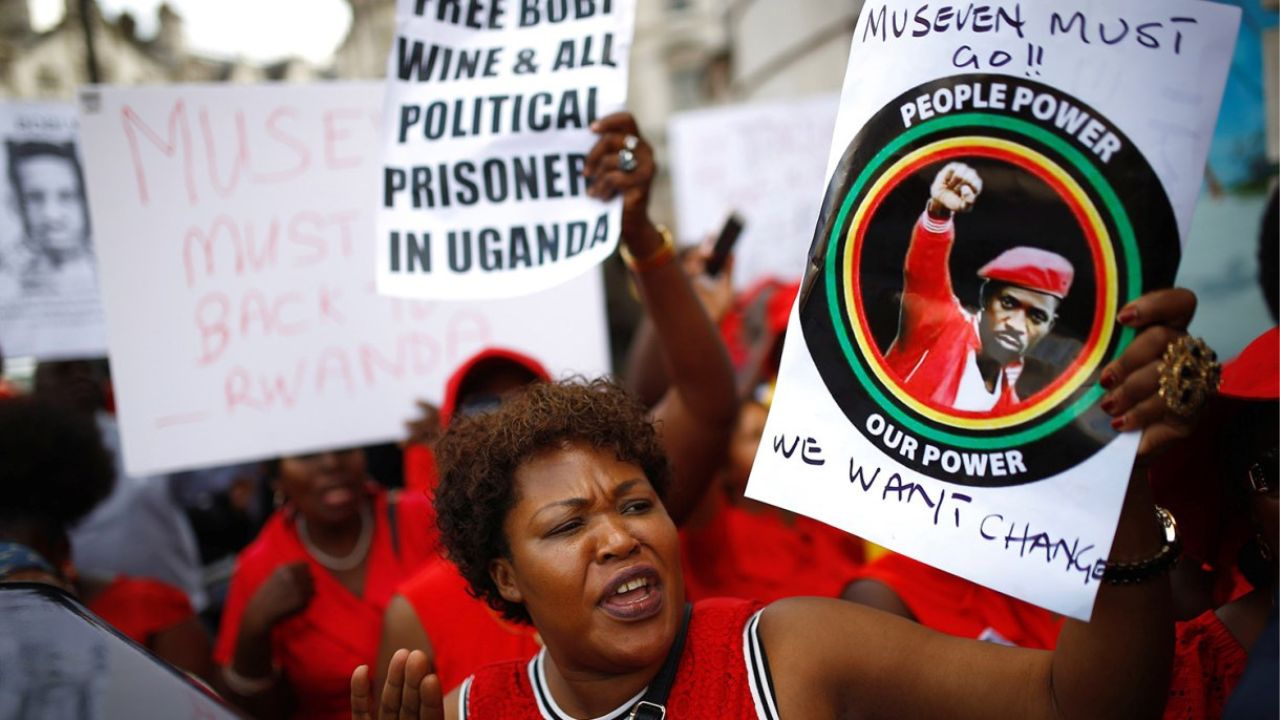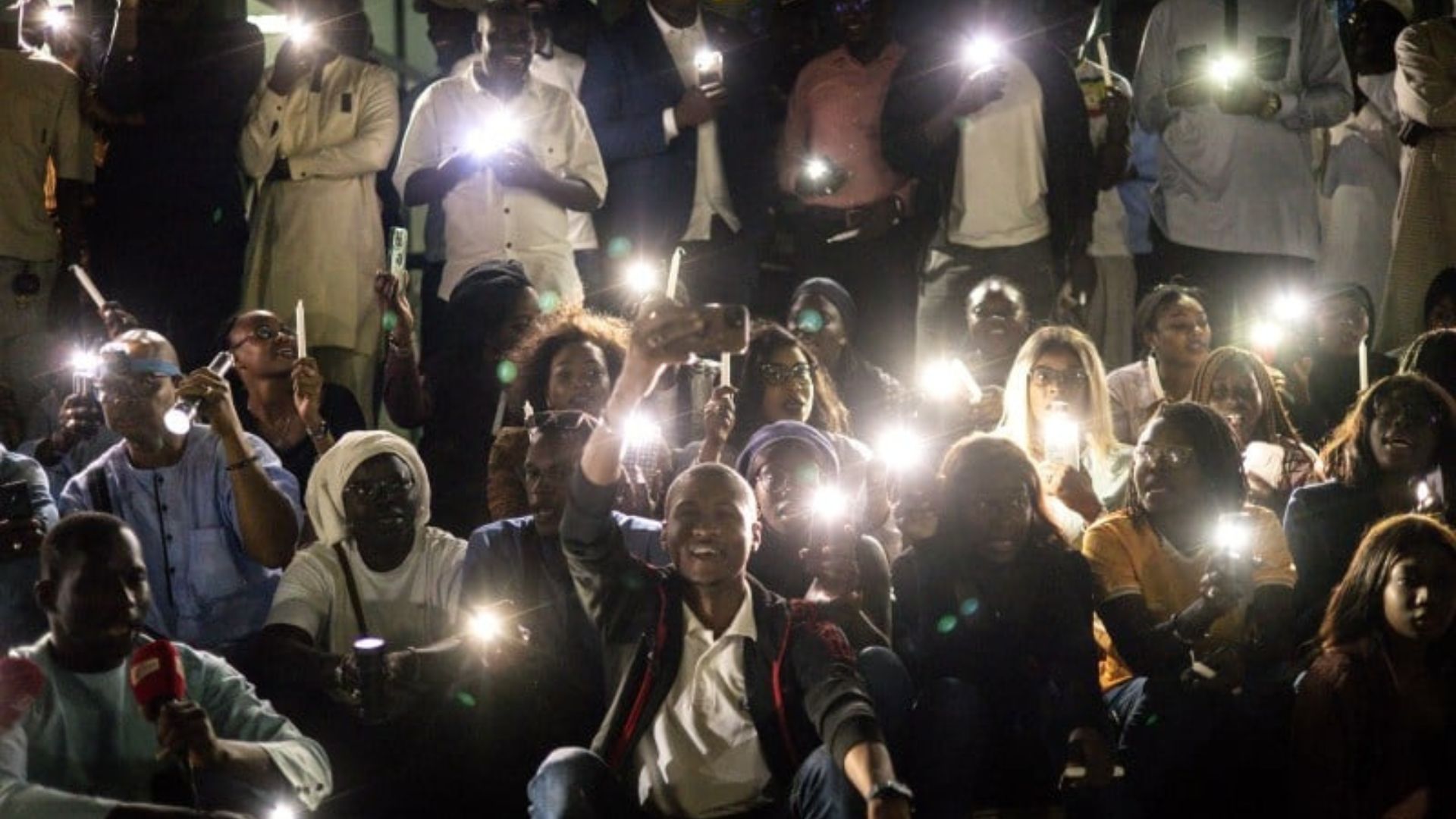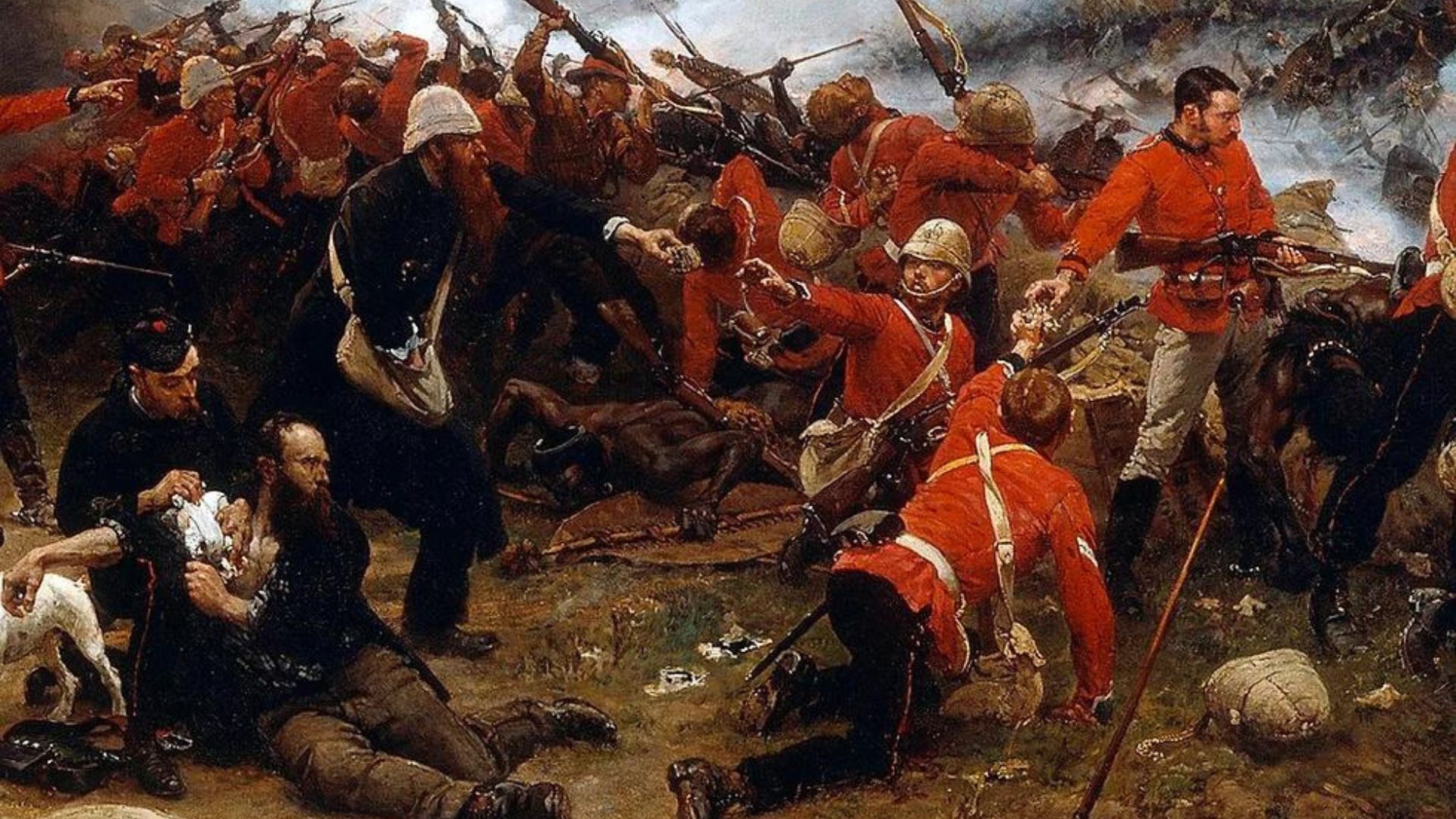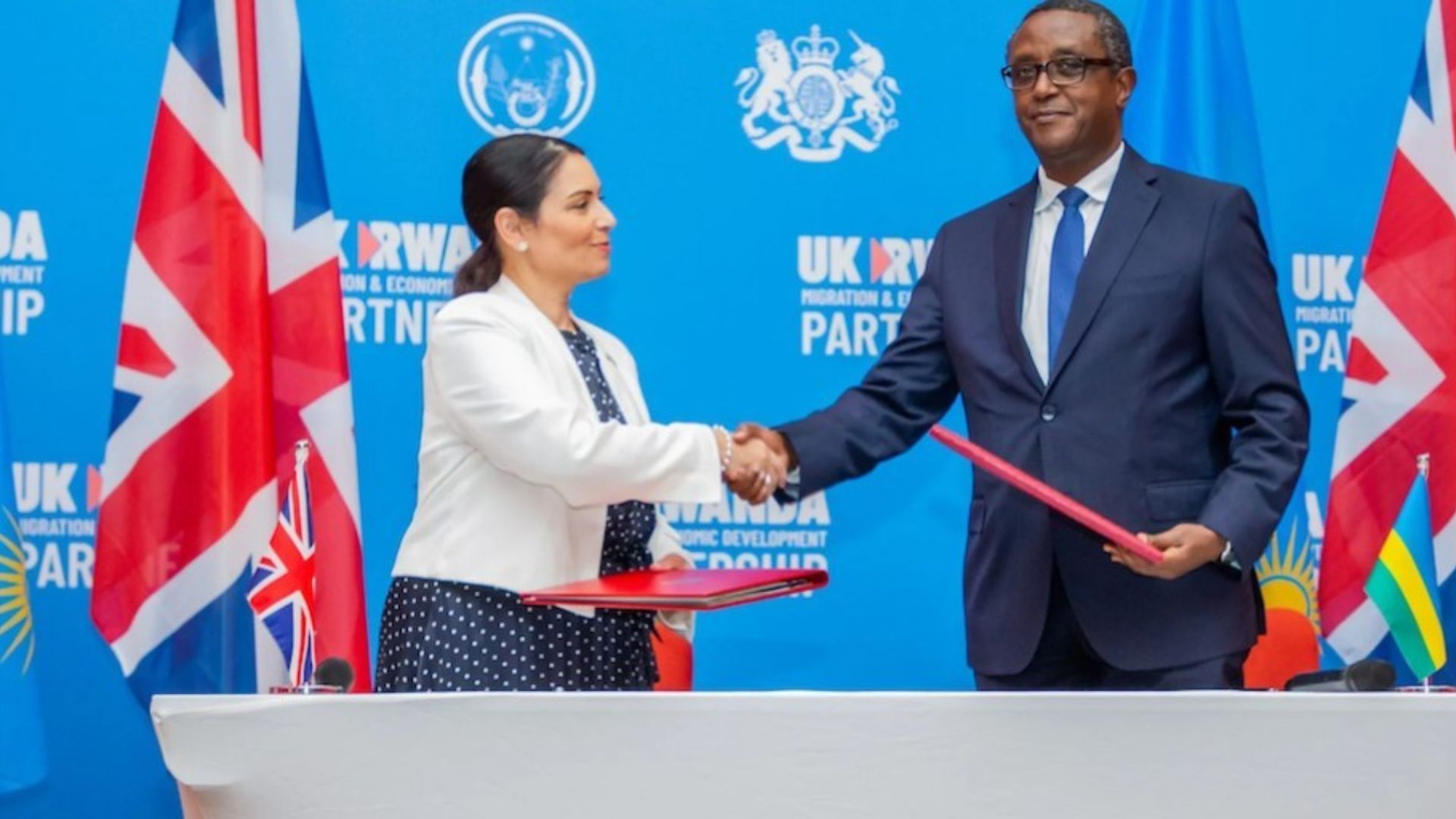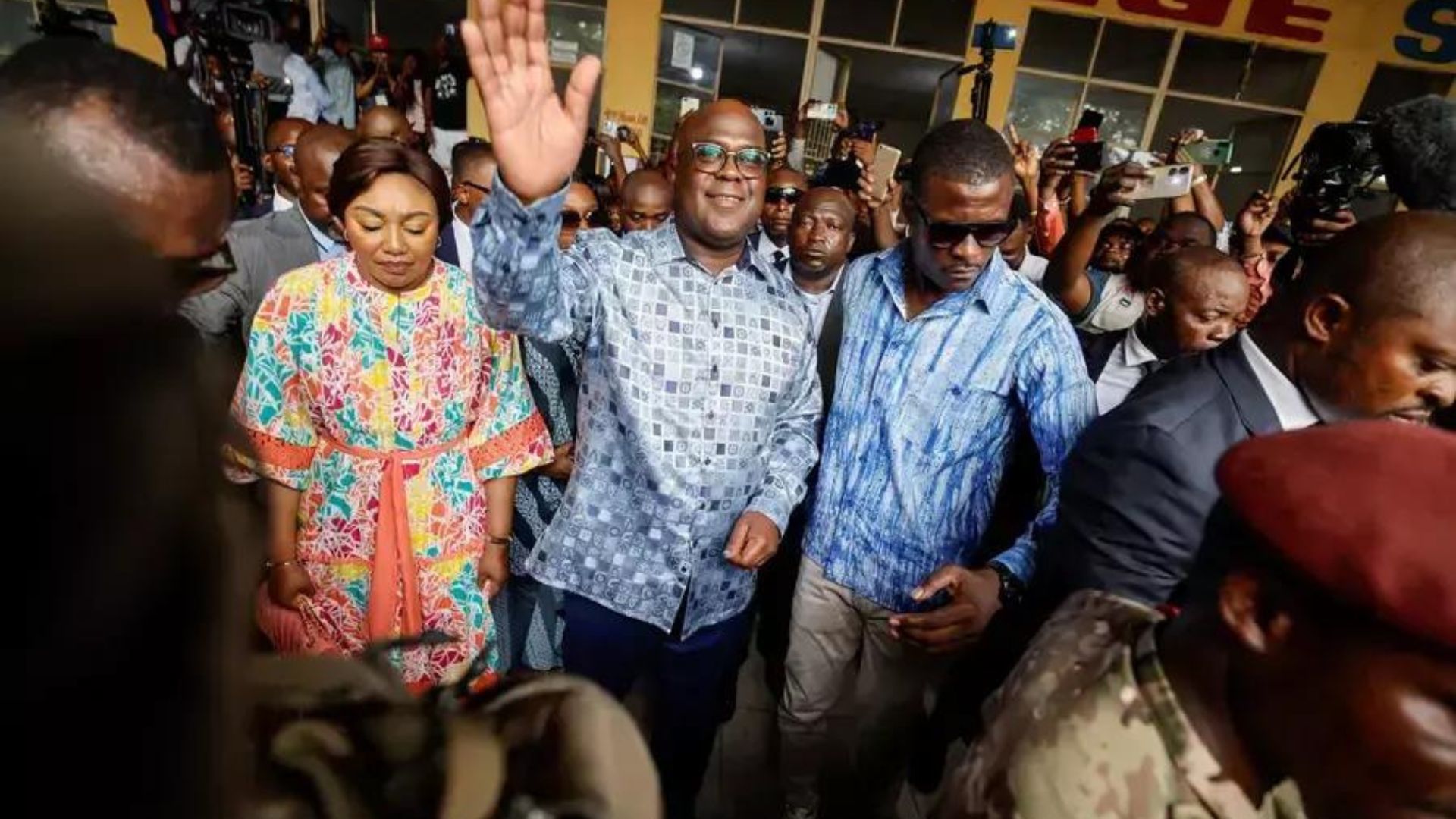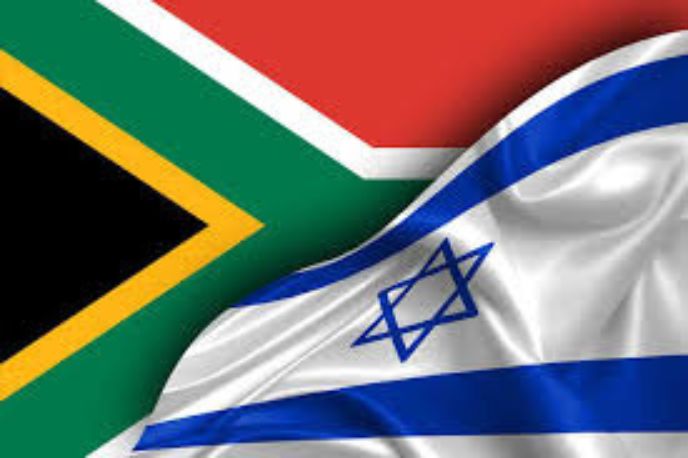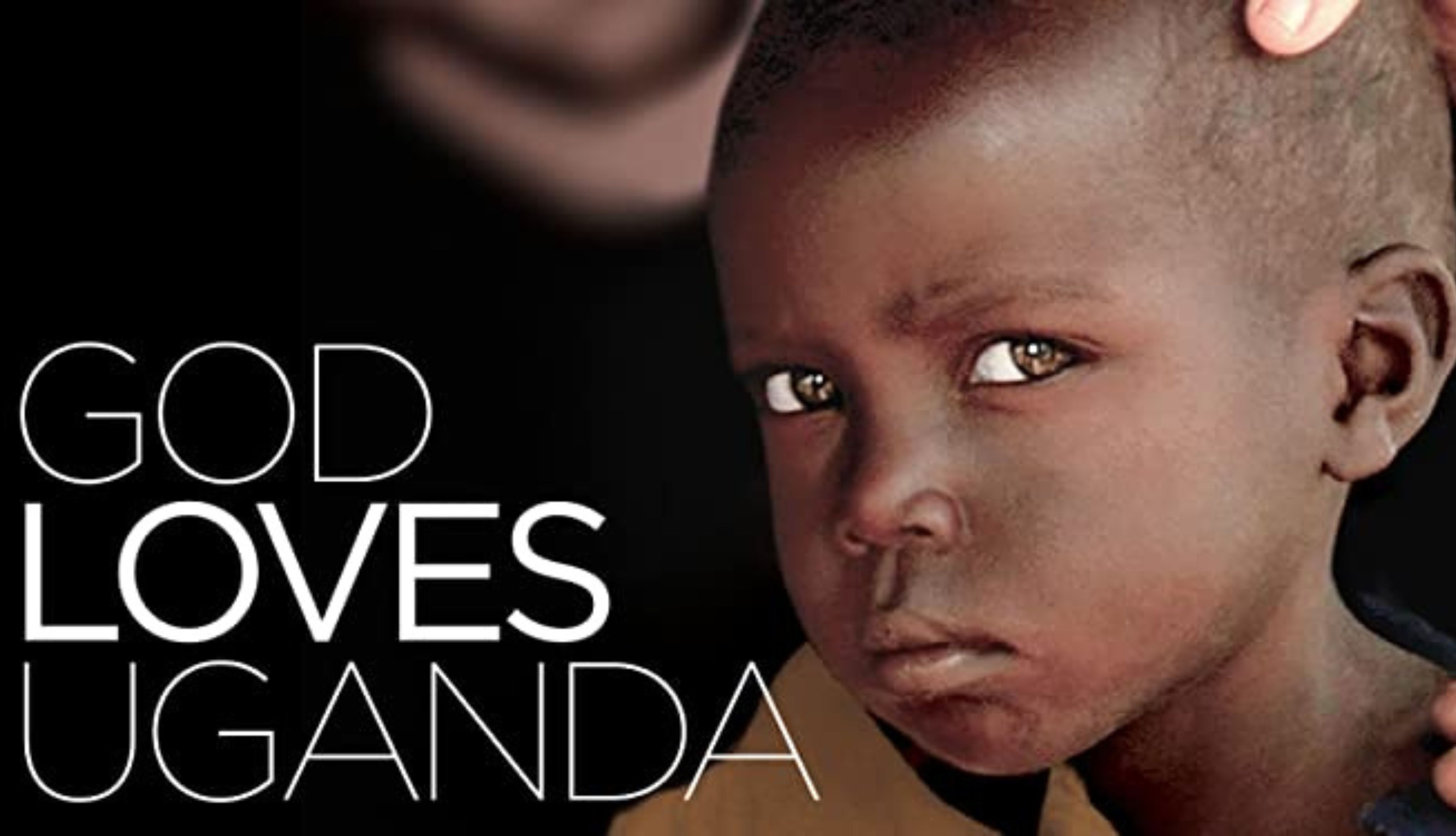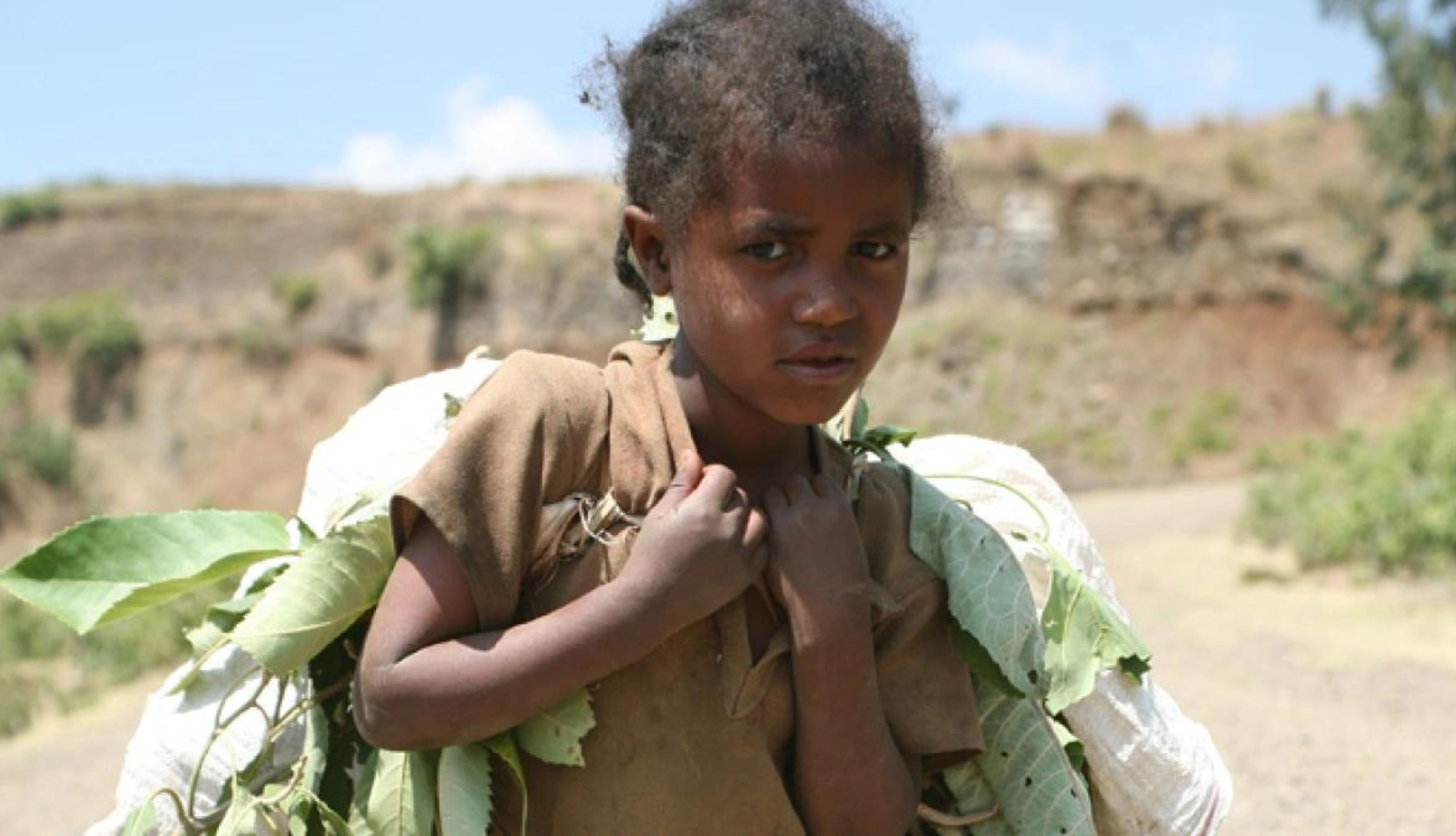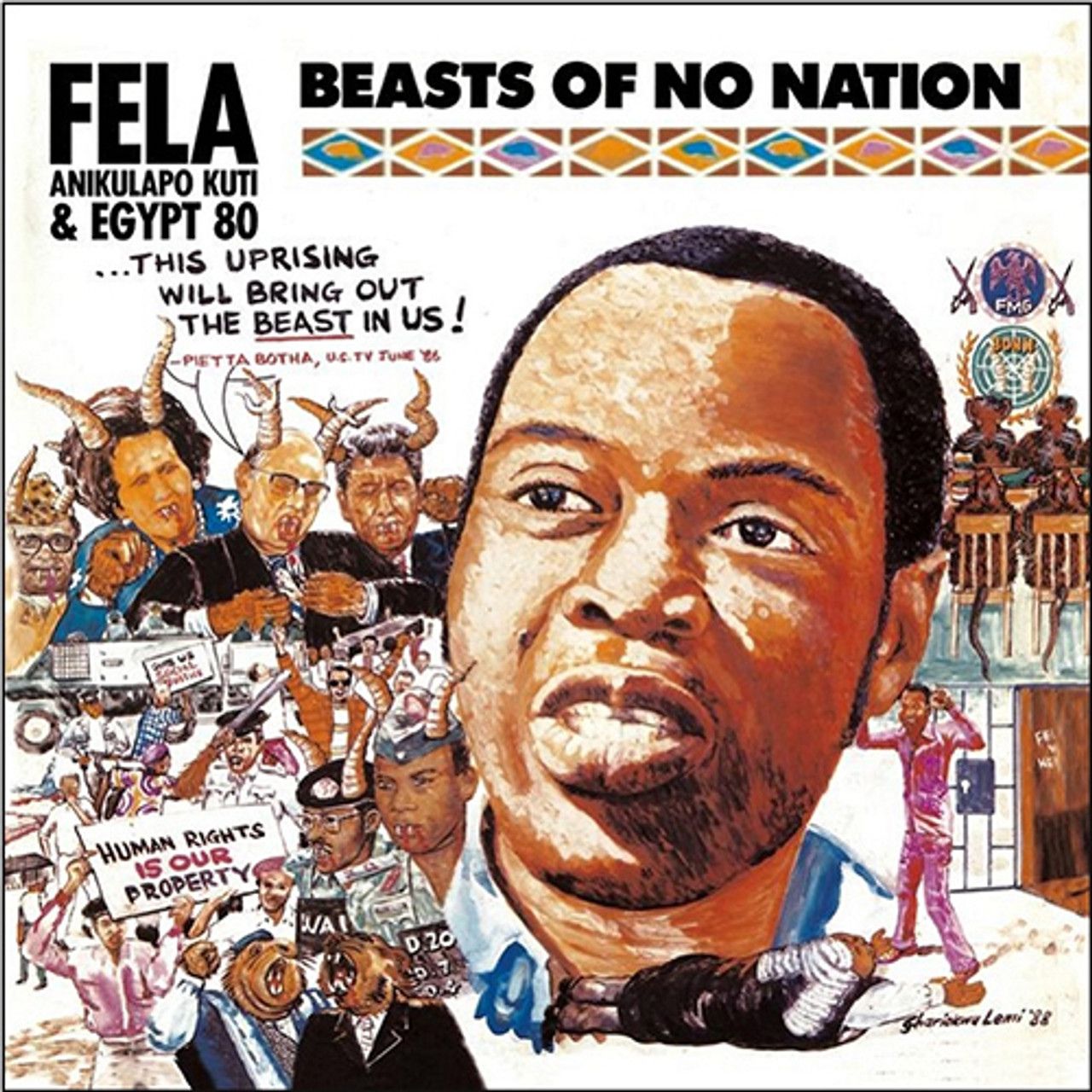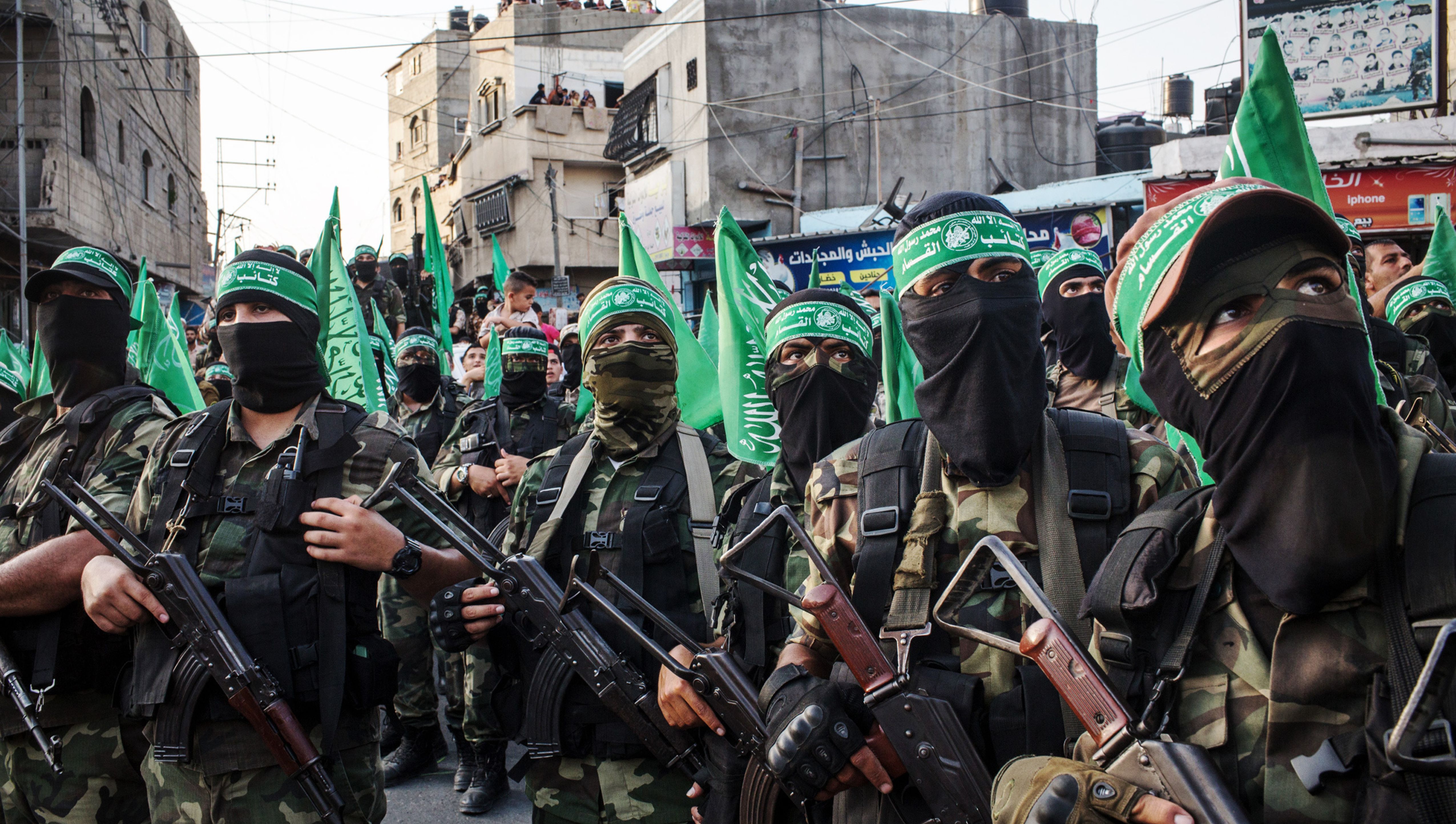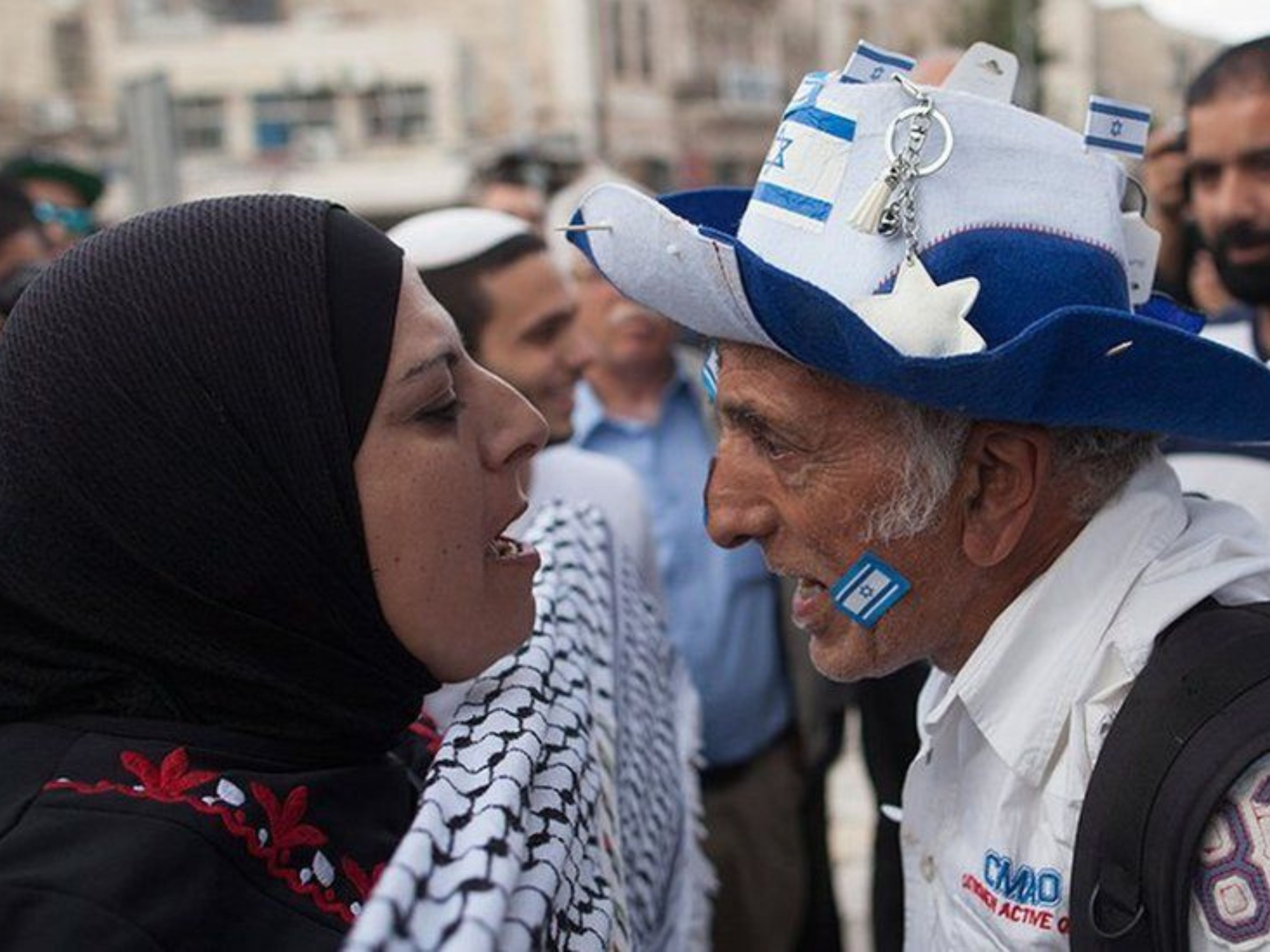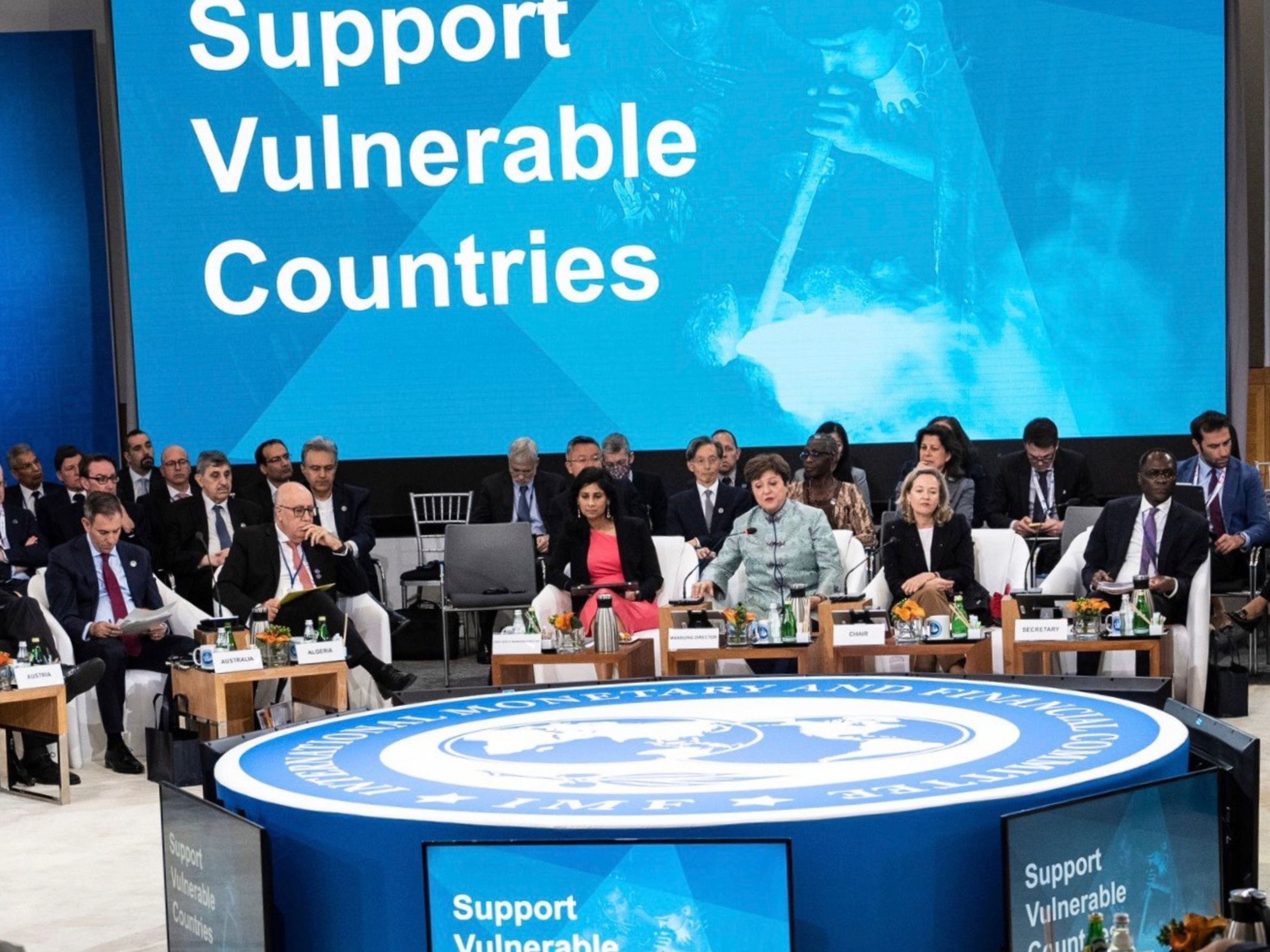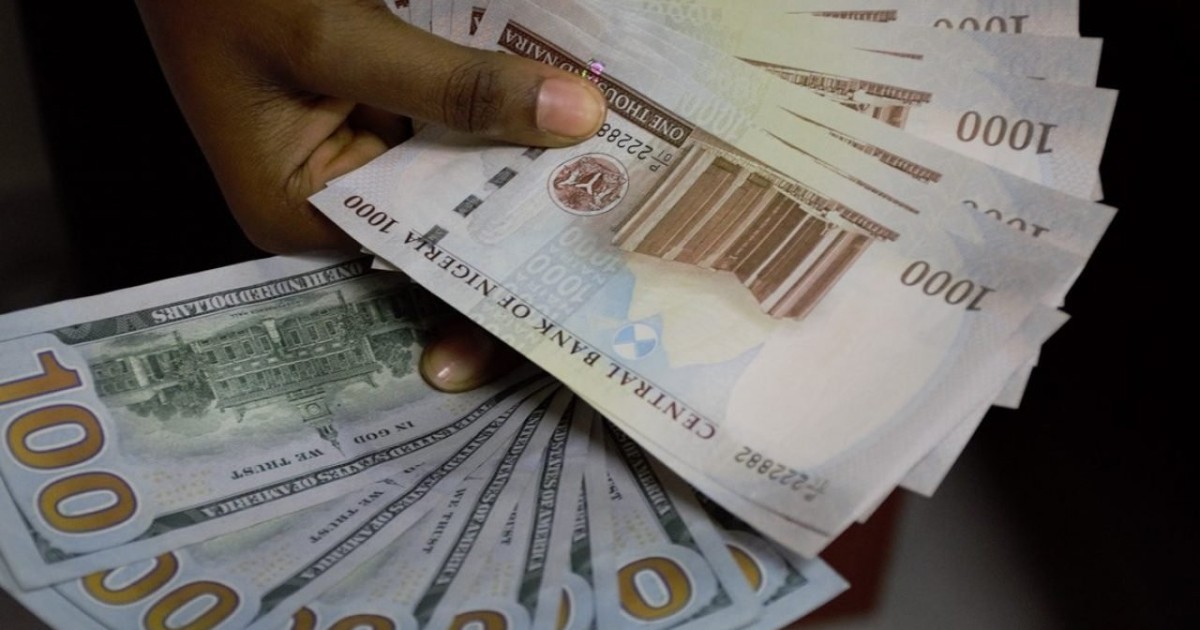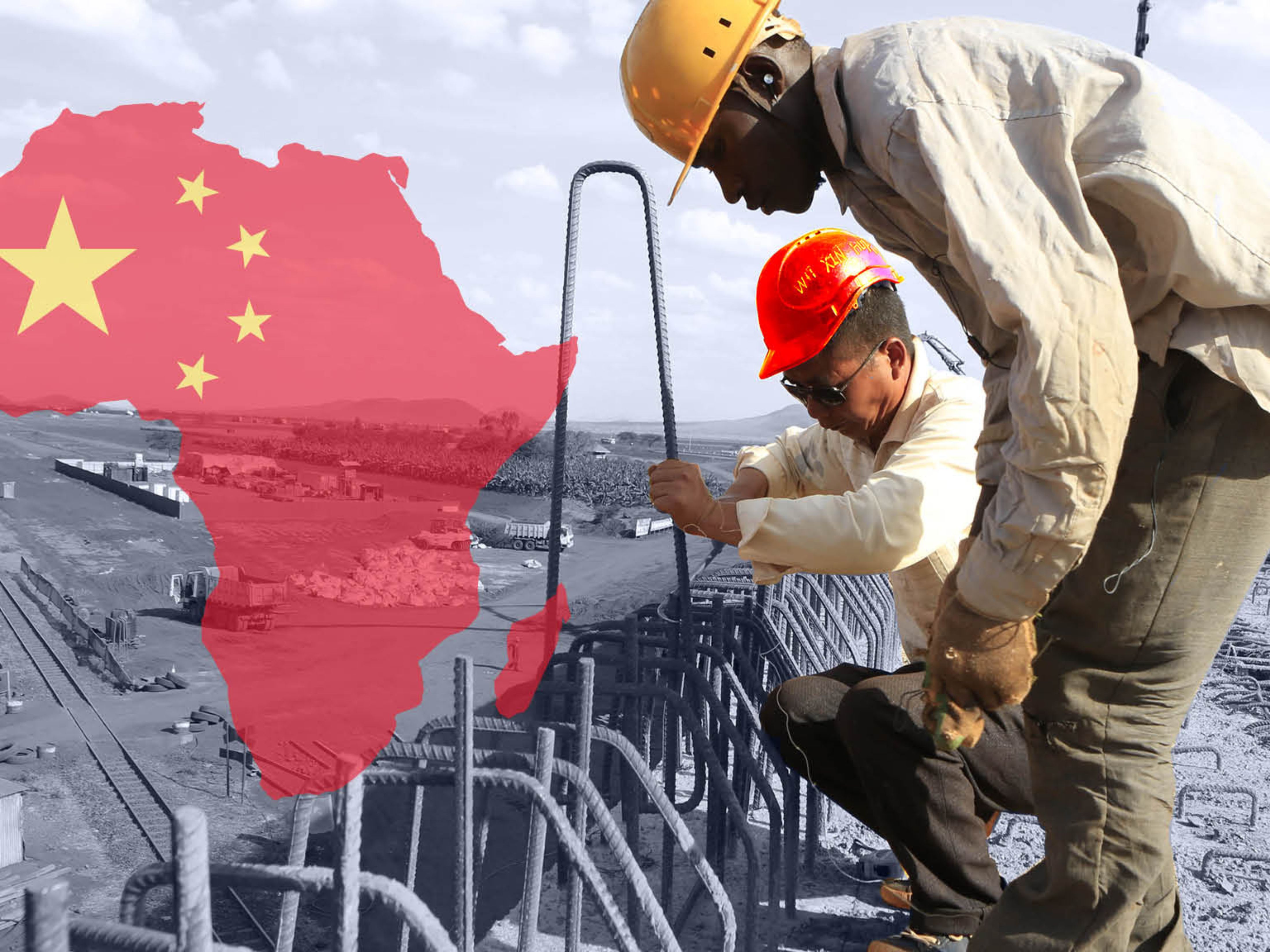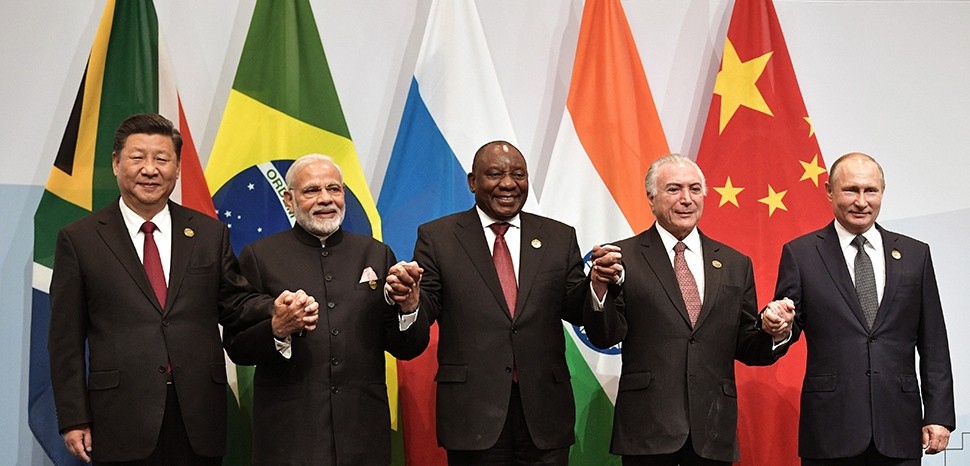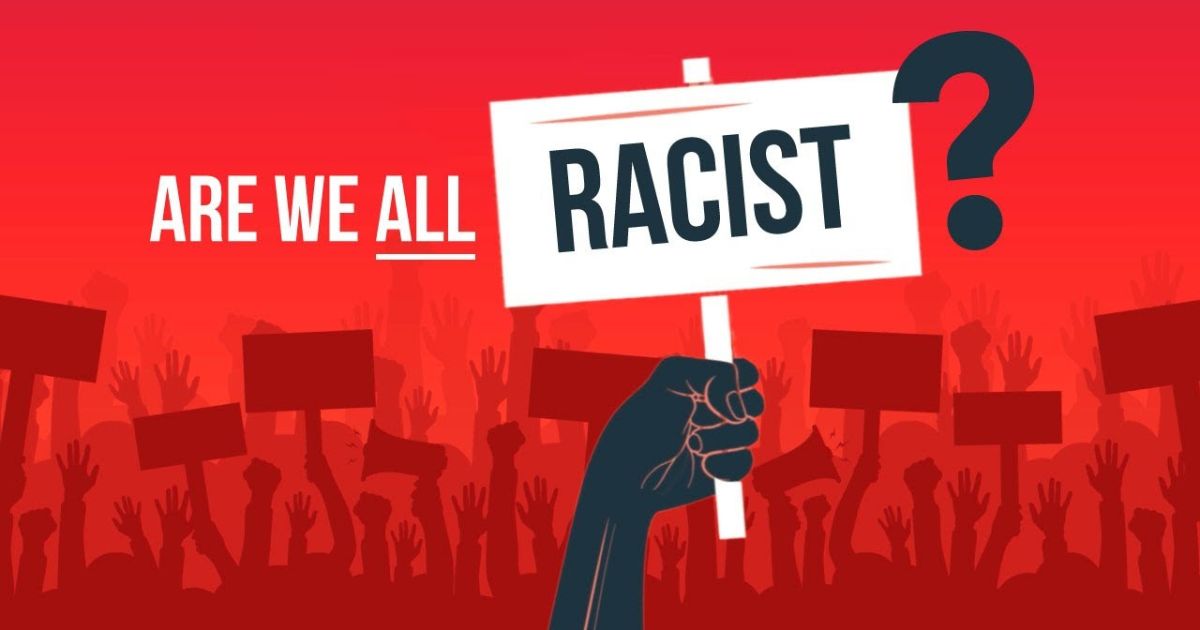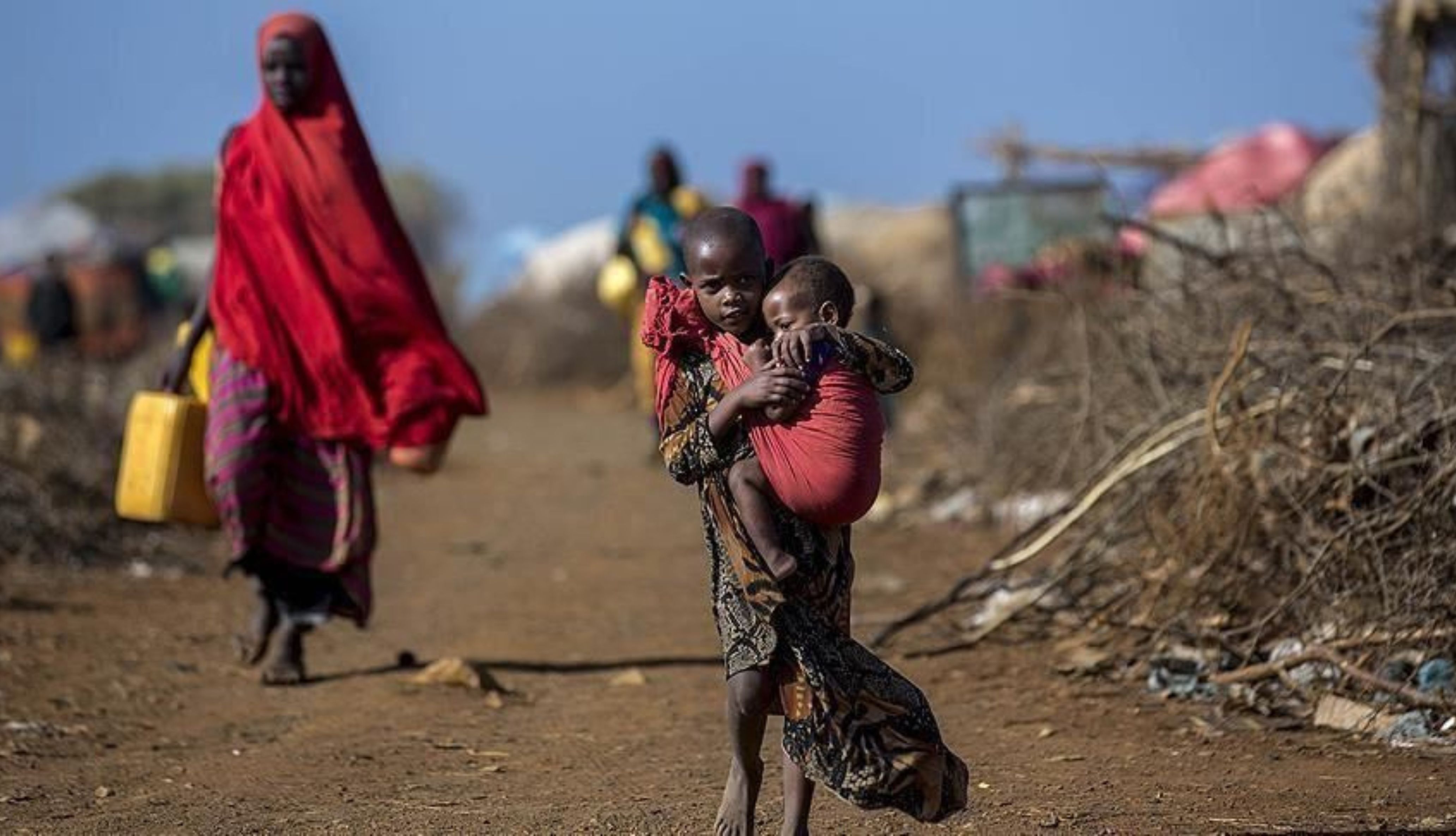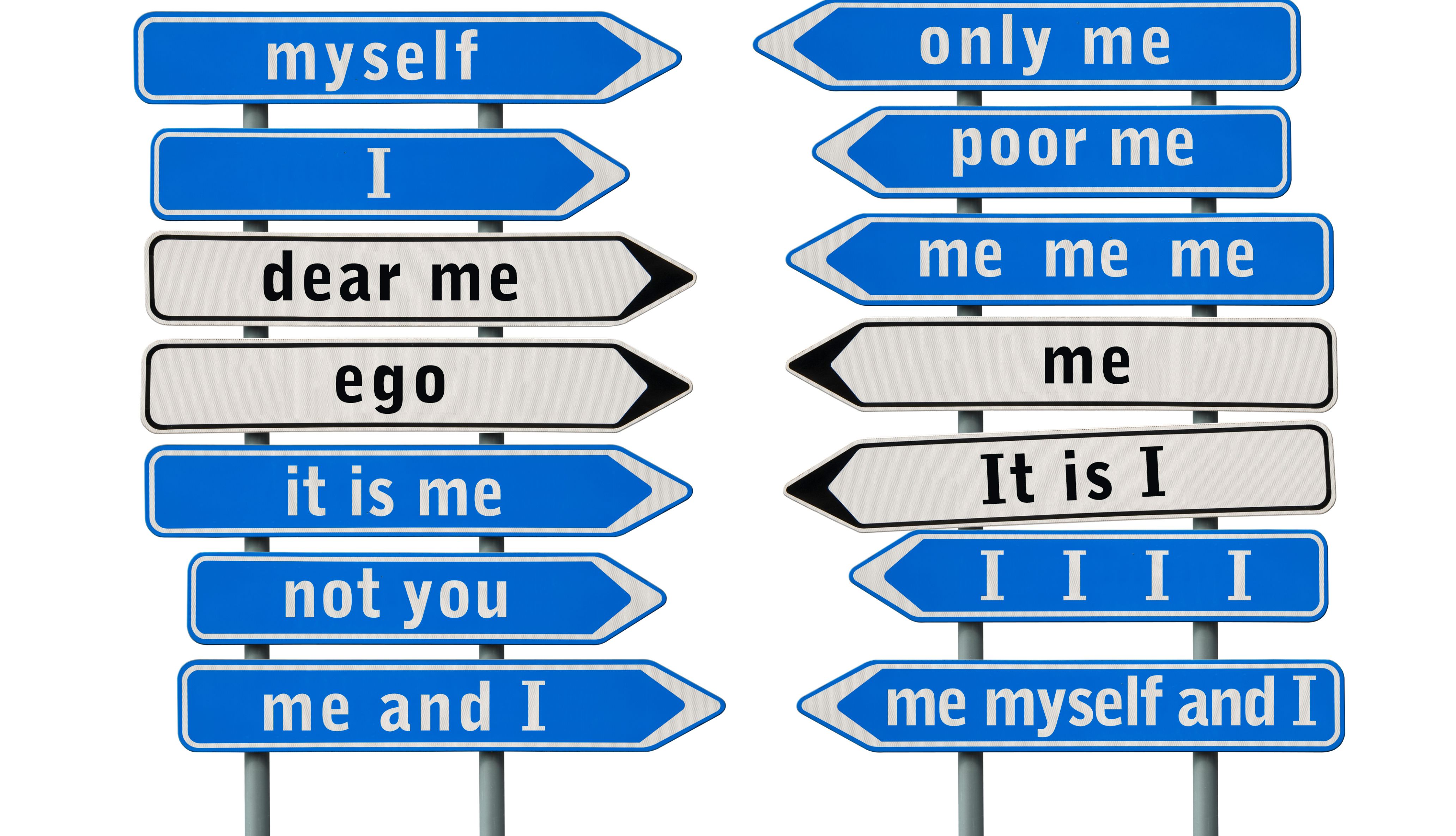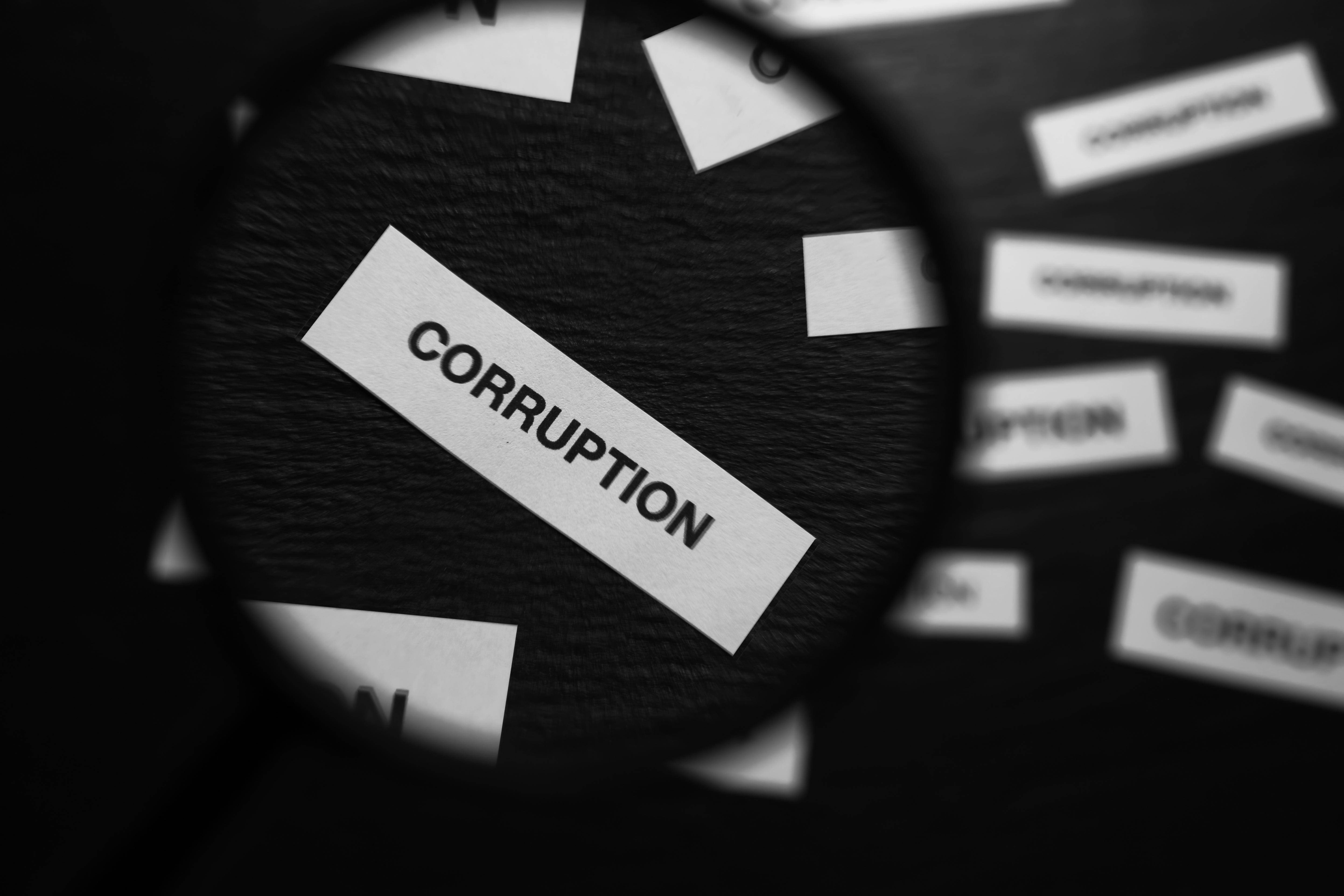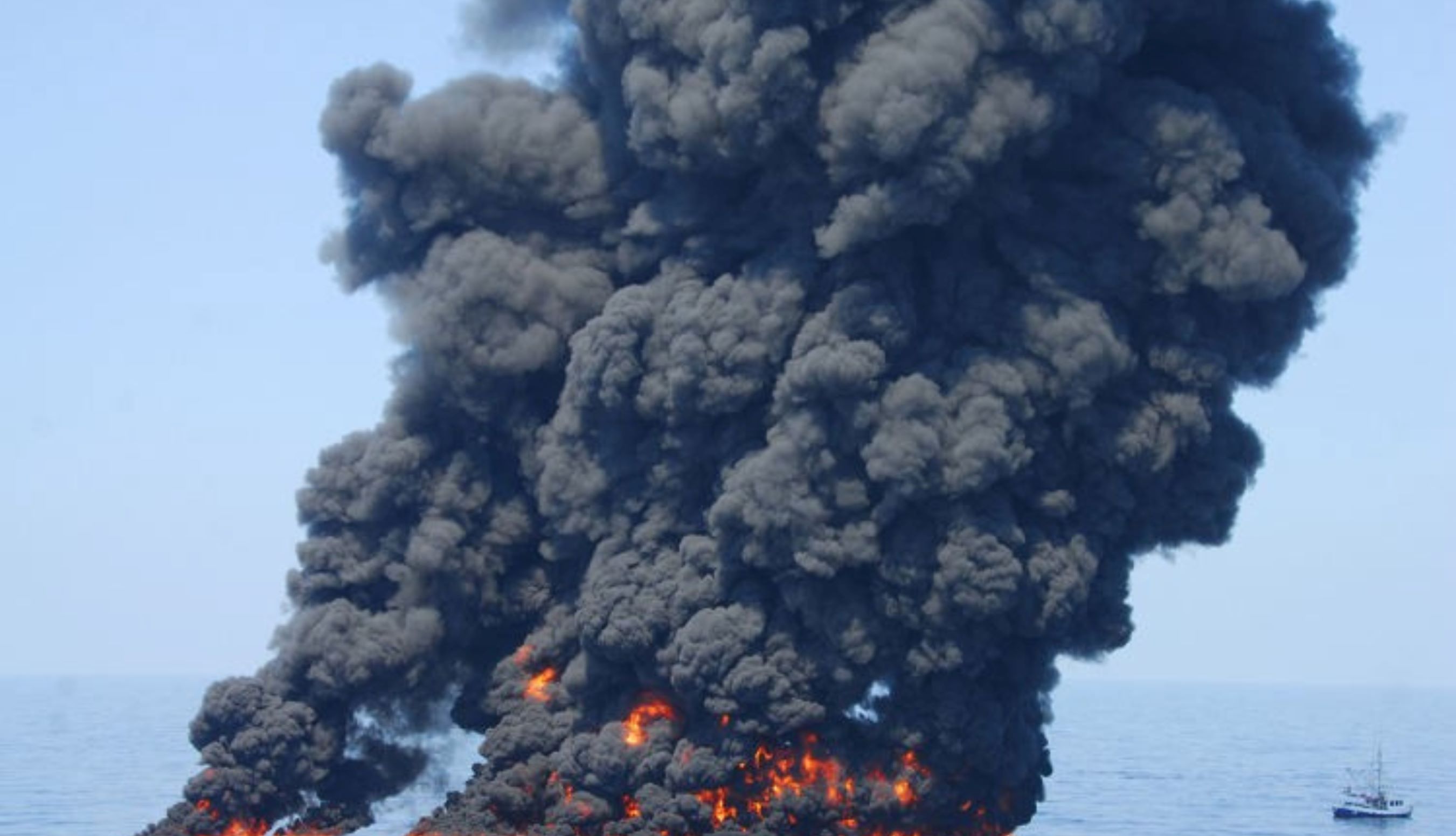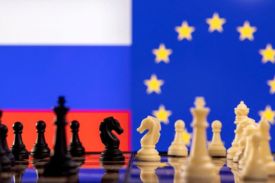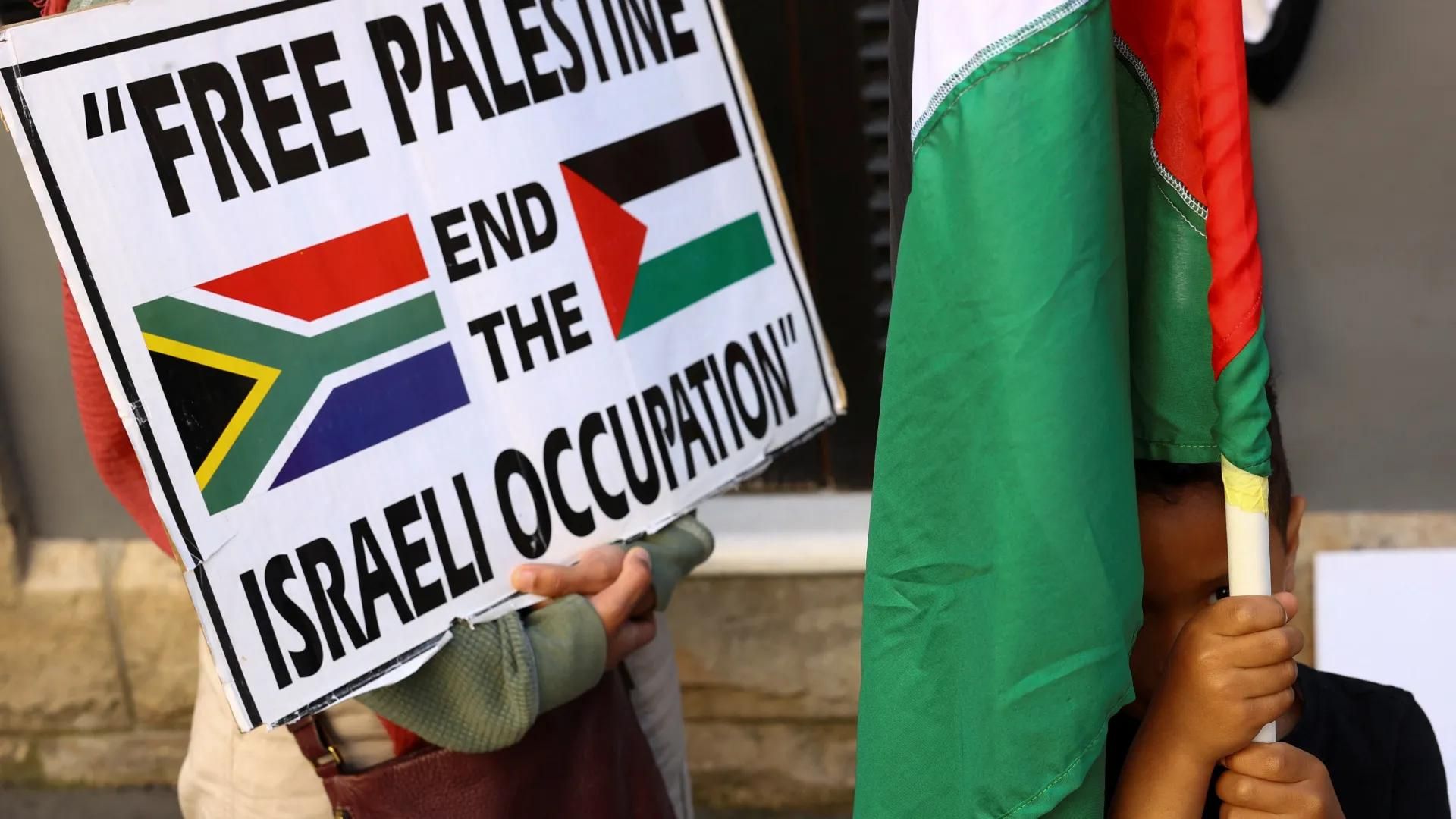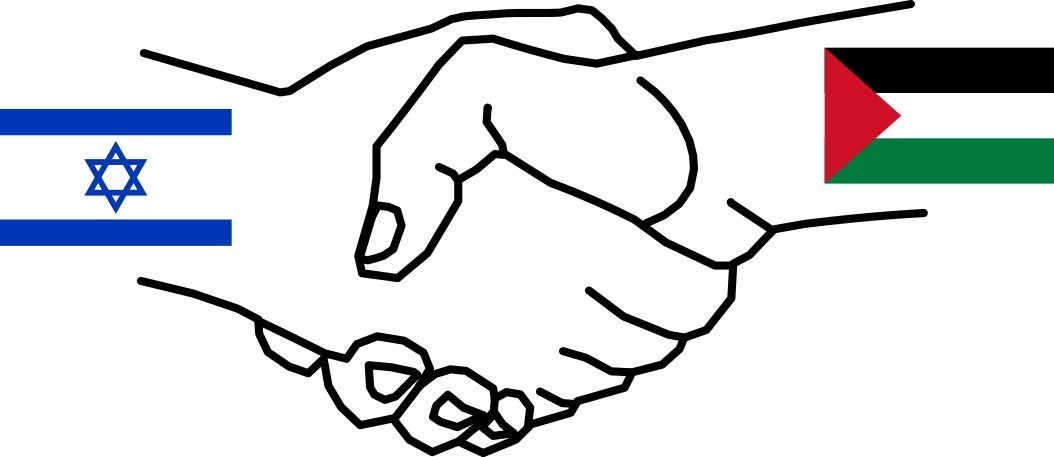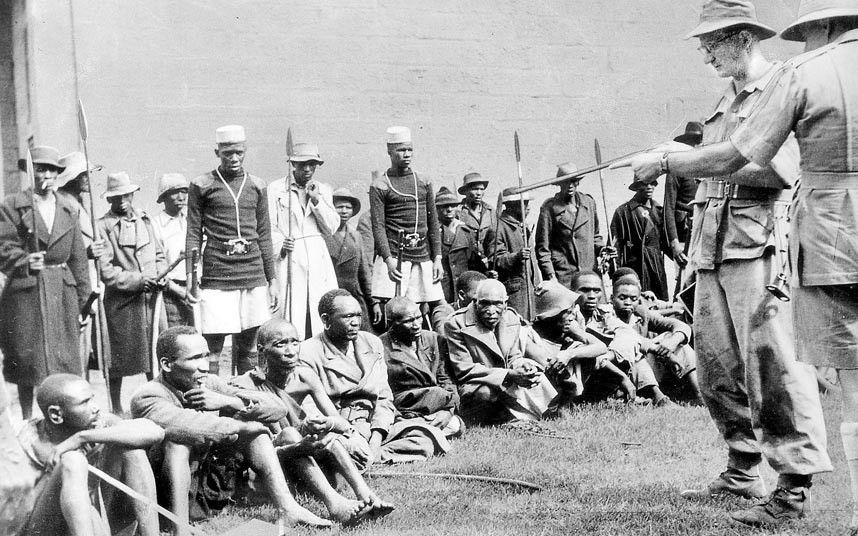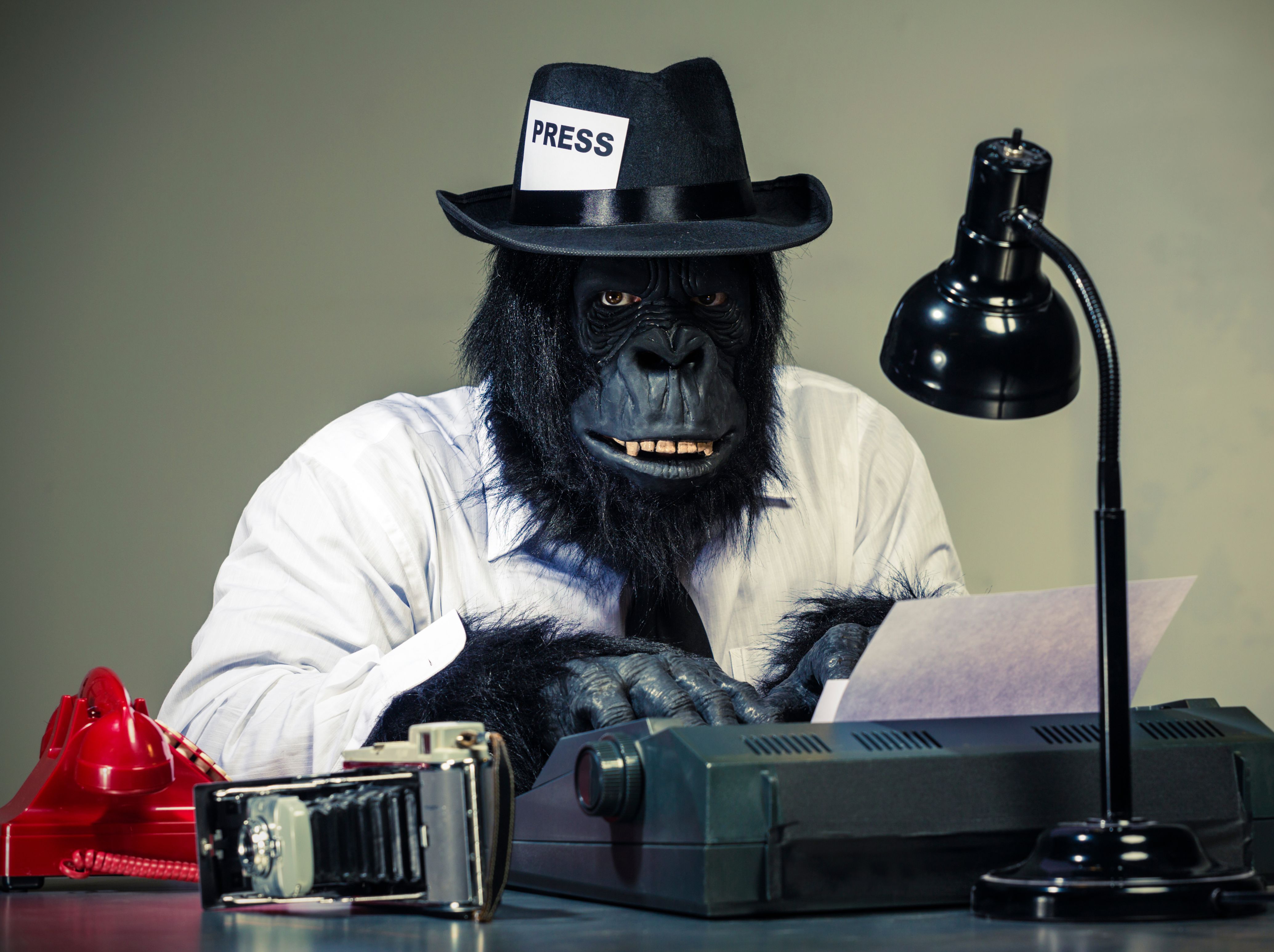The Mau Mau movement of Kenya was an uprising, a revolt against the British colonial state, its policies, and its local supporters which lasted from 1952 through 1960 and helped to hasten Kenya’s independence.
Issues like the expulsion of Kikuyu tenants from settler farms, loss of land to white settlers, poverty, and lack of true political representation for Africans provided the impetus for the revolt.
The Emerge


The uprising, which involved mostly Kikuyu people, the largest ethnic group in the colony, began to take shape when more radical Kikuyu militants were invited in to the nationalist Kenya African Union (KAU). These activists replaced a more moderate, constitutional agenda with a militant one and began widespread oath taking in Kikuyu, often through intimidation and threats. Traditional ceremonies where oaths were taken were believed to bind people to the cause, with dire consequences like death resulting in the breaking of such oaths. The movement that emerged became known as the Mau Mau – the origin of this term is unknown, as it is an ambiguous name to which many have attached different meanings. As the Mau Mau movement grew, more moderate elements among the Kenyans were swept aside by popular pressure, with many branches of the KAU adopting a more radical position as a result.
Despite awareness of the growth of the movement, the government and settler communities made no concessions aside from a few token measures, and instead continued existing policies of repression and even proposed new legislation to reduce the rights of the indigenous people even further. This inflexibility forced the Mau Mau into a period of armed resistance. The lack of recognition of the threat posed by the squatter movement demonstrated how the Europeans did not consider Kenyan nationalists to be capable of organizing significant opposition to the colonial regime. The British responded with ‘de-oathing’ ceremonies. In addition, the available evidence shows that some individual members of the Luo, Luyia, and even Maasai ethnic groups participated in the revolt as well.
The Uprising


Although the exact origins of the conflict are in dispute, the war officially began in October 1952 when an emergency was declared and British troops were sent to Kenya. Throughout the revolt, the Mau Mau guerrillas referred to themselves as the land and freedom army. This description indeed summarized the revolt’s principal causes, which were both economic and political. Politically, the Mau Mau guerrillas remained steadfast in their demand for Kenya’s political independence from Britain.
During the early 1950s, resentment grew amongst the Kikuyu tribe against European settlement and their lack of political representation. This was first shown in attacks carried out in the latter half of 1952 by the banned secret society, Mau Mau, against the Kikuyu who were loyal to the government and then, began a campaign targeting European settlers in their isolated farms. Armed groups of Mau Mau formed forest gangs in the Aberdare and Mount Kenya areas from where they would emerge to carry out attacks against the civil authorities and settlers. These attacks increased and a state of emergency was declared by the Governor Evelyn Baring in October 1952. Also, leading members of the Mau Mau organization, including Kenya’s future president Jomo Kenyatta, were detained by the authorities.
The largest single massacre of the uprising took place in Lari on March 26, 1953, with attacks by Mau Mau on loyalist Home Guard families. Approximately 74 people were killed and about 50 wounded. The massacre generated retaliatory attacks by Home Guard, settlers, and colonial forces. The initial massacre and retaliatory attacks resulted in the deaths of around 400 people, although there is no official number and the reality of people killed may have been much higher. The Lari Massacre was a turning point in the Uprising where many Kikuyu were forced to choose sides in this resistance struggle.


Furthermore, the Mau Mau forest armies were largely broken in 1957 and 1960, the emergency was declared over and following the rebellion, the British government did implement reforms. Three years later, in 1963, Kenya received its independence from Great Britain. One of the alleged Mau Mau leaders, Jomo Kenyatta, became the first president of the new nation.
Those initially targeted by the Mau Mau were Kikuyu who collaborated with the Europeans. In 1952, a wave of violence was directed at police witnesses who provided testimony against Africans, particularly in cases related to the Mau Mau. Prominent collaborators were assassinated and a small number of white settlers were also attacked. Police responded by initiating a mass campaign of arrests, arresting Kikuyu suspected of Mau Mau involvement and taking others into preventative detention, in an attempt to neutralise the support base of the Mau Mau. However, this indiscriminate repression had the opposite effect to what was intended and drove many more indigenous Kenyans to support the movement. By mid-1952, around 90 percent of Kikuyu adults had taken the Mau Mau oath. Kikuyu chiefs were encouraged by the government to speak out against Mau Mau and administer ‘cleansing oaths’, which would supposedly absolve Kenyans from the oaths taken to support the anti-colonial cause. KAU officials, including Jomo Kenyatta, also publicly spoke out against the actions of the movement.


In October 1952, Senior Chief Waruhiu, a prominent collaborator and the harshest critic of the Mau Mau among the Kikuyu chiefs, was assassinated near Nairobi. His death prompted celebration amongst Mau Mau supporters and consternation in government. The administration finally realised that the Mau Mau posed a serious threat to colonial rule in Kenya and the decision was taken to actively challenge and engage the rebels. Two weeks after Waruhiu’s death, the government declared a State of Emergency.
The Declaration of Emergency was accompanied by Operation Jock Scott, a coordinated police operation that arrested 187 Kikuyu who were considered by the government to be the leaders of the Mau Mau movement. This included leaders of the KAU, but failed to apprehend many members of the Mau Mau Central Committee. Along with the deployment of British troops, this was hoped to be sufficient to disrupt and intimidate the rebels into submission. Mau Mau supporters responded by assassinating another senior Kikuyu chief and several white settlers.
The Fall


The government troops adopted a policy of collective punishment, which was again intended to undermine popular support of the Mau Mau. Under this policy, if a member of a village was found to be a Mau Mau supporters, then the entire village was treated as such. This led to the eviction of many Kikuyu, who were forced to abandon their homes and possessions and sent to areas designated as Kikuyu reserves. A particularly unpleasant element of the eviction policy was the use of concentration camps to process those suspected of Mau Mau involvement. Abuse and torture was commonplace in these camps, as British guards used beatings, sexual abuse and executions to extract information from prisoners and to force them to renounce their allegiance to the anti-colonial cause. The process of mass eviction further angered the Kikuyus who had already suffered through decades of land reallocation, and drove hundreds of squatters to join the Mau Mau fighters in the forest.
The uprising escalated further on March 26, 1953, when Mau Mau fighters carried out two major attacks. The first was an assault on the Naivasha police station, which resulted in a humiliating defeat for the police and the release of 173 prisoners, many of them Mau Mau, from an adjacent detention camp. The second was the massacre of Kikuyu loyalists at Lari, in which at least 97 Kenyans were killed. The incident was used by the government to further characterize the Mau Mau as brutal savages, and no official mention was made of a similar number of Mau Mau prisoners who were machine gunned to death by government troops in the Aberdare forest. These attacks began a pattern of Mau Mau raids against police and loyalists that continued throughout 1953. The gradual organisation of the rebel forces in the forests created military units, although they were limited by a lack of weapons, supplies and training.


In addition, the British troops sent to Kenya had little experience of forest fighting, and after a short period of ineffectual engagement they were replaced with units from the Kenyan Army, whilst the British forces instead patrolled the periphery of the forests. British Army planes were also used to drop bombs on Mau Mau camps and strafe the forest with machine guns. Given the thick cover provided by the foliage, this had only a limited military impact, but the lengthy bombing campaign did serve to demoralize the Mau Mau fighters. A series of large scale engagements between the two sides occurred during 1953, with the underequipped Mau Mau forces suffering heavy losses. By the end of the year, over 3,000 Mau Mau had been confirmed as killed and 1,000 captured (including Itote), and almost 100,000 alleged Mau Mau supporters had been arrested. Despite this, the Mau Mau continued to pose an effective resistance to the colonial regime, persisting with the campaign of attacks on settlers and collaborators, particularly in Nairobi where the Mau Mau had a large clandestine support base. The British decided to undertake an operation to permanently crush the rebel presence in the city, and so in 1954 the aptly-named Operation Anvil began. Police moved through Nairobi in a brutal sweep, detaining anyone they considered suspicious. Tens of thousands of male Kikuyu were arrested and taken to concentration camps without explaining to them why they had been arrested or what crime they were accused of committing. The government also began a policy of ‘villagisation’ – forcing rural Kikuyu to relocate from their traditional scattered homes to newly built villages under the control of the British.
By the end of 1954, 1 million Kikuyu had been driven from their family homes and rehoused in these villages, which were little more than fenced camps and were prone to famine and disease. These heavy-handed and ruthless strategies employed in Nairobi and the countryside were effective in cutting off much of the material and logistical support for the forest fighters.
In early 1955, British forces began a series of sweeps through the forests in an attempt to drive out the remaining Mau Mau, who by now were suffering from a lack of food and ammunition. This strategy had a limited effect on the Mau Mau fighters and only a handful were killed, but their position was tenuous enough that the constant disruption further weakened their forces. The government turned out the entire African population of some districts – in one case as many as 70,000 people – to work their way through the forest and kill any Mau Mau they found. By the end of the year, there were only an estimated 1500 Mau Mau fighters left in the forests, and they were in such a wretched condition. The following year Kimathi, the most important of the remaining Mau Mau commanders, was captured and put on trial. The few fighters that remained were no longer capable of resisting the colonial regime in any meaningful way and instead were occupied with simple survival. This effectively marked the end of the Mau Mau uprising. British troops soon left Kenya, and although the State of Emergency remained in place until 1960, there was little cause for it. According to official government figures, the number of Mau Mau killed was 11,503, but there is little doubt that the true number was significantly higher. In comparison, the number of white civilians killed by Mau Mau was just 32.
An Overview
Although, the Uprising was directed primarily against British colonial forces and the white settler community, much of the violence took place between rebel and loyalist Africans. Thus, the uprising often had the appearance of a civil war with atrocities on both sides.


One of the distinguishing features of the Mau Mau is that it remains perhaps the only major nationalist revolutionary movement to have been led almost entirely by peasants, many of them illiterate. Although defeated militarily, the Mau Mau revolt was clearly instrumental in forcing the British government to undertake immediate political reforms. These reforms included the reinstatement of African political parties in 1955, and then the promulgation of several constitutional reforms that eventually led to the attainment of political independence on Dec. 12, 1963.
The legacy of the Mau Mau revolt in Kenya remains a very complex and controversial subject which leaves some wondering on how this complex movement should be remembered in Kenya.

